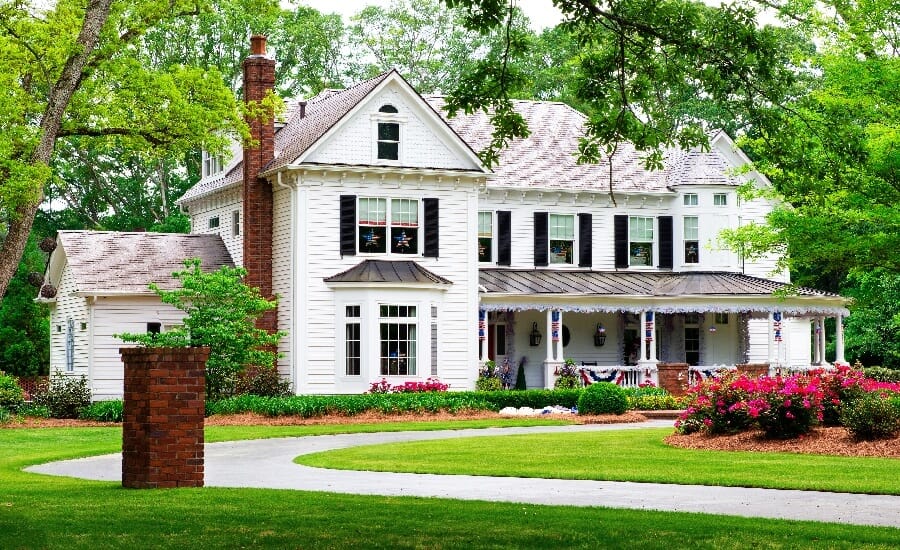As Fall begins, the weather changes but that does not mean your lawn changes too. Your lawn still needs plenty of attention until the temperatures are so cold it freezes over. Following these simple tips can help your lawn be the best in the neighborhood come Spring:
Cleanup the leaves
As frustrating and tedious as cleaning up leaves can be, doing it is important for the lawn to grow as well as preventing the risk of injury. Lawns with a leave cover will prohibit the lawn from getting sun, preventing continued growth throughout the cooler season. In addition, lawns covered in leaves will become wet during rainfall, posing the risk of someone slipping as well as a higher chance of attracting pests. Raking the leaves is not your only option for cleanup! Mowing the leaves creating a ‘mulch’ is great for improving soil, helping your lawn to grow.
Mow the lawn
Cutting your lawn and keeping it at a short height (2.5-3 inches) gives the lawn a good chance at preventing brown spots in the Spring. Cutting lawn to short however stops lawn growth as it is to cold. As mentioned before, this can also help you maintain the leaves.
Water
Keeping your lawn watered allows the grass to grow. Watering till the end of October is enough time as the grass begins to grow slower and the ground becomes harder. Not watering your grass because the temperatures are cooler will cause harm and the grass will not grow. The grass can still dry out if there is no water, including rainfall.
Aerate the lawn
Aerating a lawn can help with many different processes. You can break up the tough soil, you allow water and nutrients to help grow the roots deeper, and the grass will become stronger. The best time to aerate your lawn is after watering and before fertilizing. This machine does not need to be purchased! Just go to your local hardware or landscape supply store to rent one for the day or a few hours. Read the operators manual and follow instructions properly to avoid injury.
Fertilize
Fall is the best time to fertilize your lawn. A hot summer can cause damage to your lawn and spreading fertilizer during cooler temperatures in the Fall can lead to a nice lawn in the warmer Spring. Fertilizing after mowing and aerating allows the nutrients to get to the roots easier, meaning better growth. Continue to water the lawn after fertilization and you grass will look great however do not fertilize your lawn before heavy rains as all the fertilizer will wash away.
For more lawn and home-care tips check out This Old House
Contact Blue Lion Insurance Advisors, LLC for your Home and Property Insurance today!


